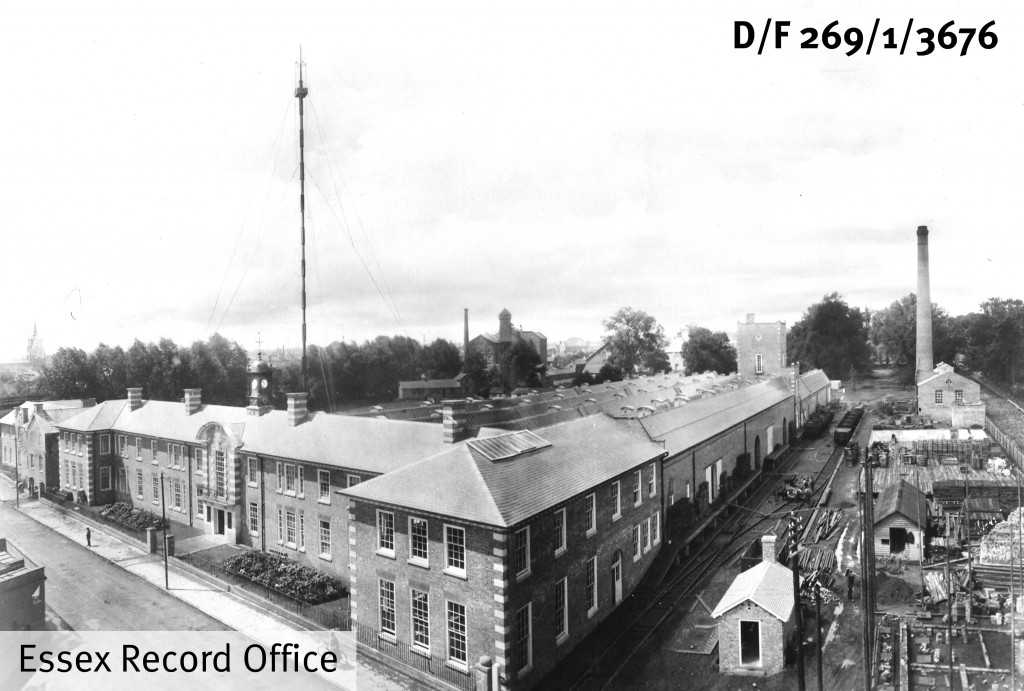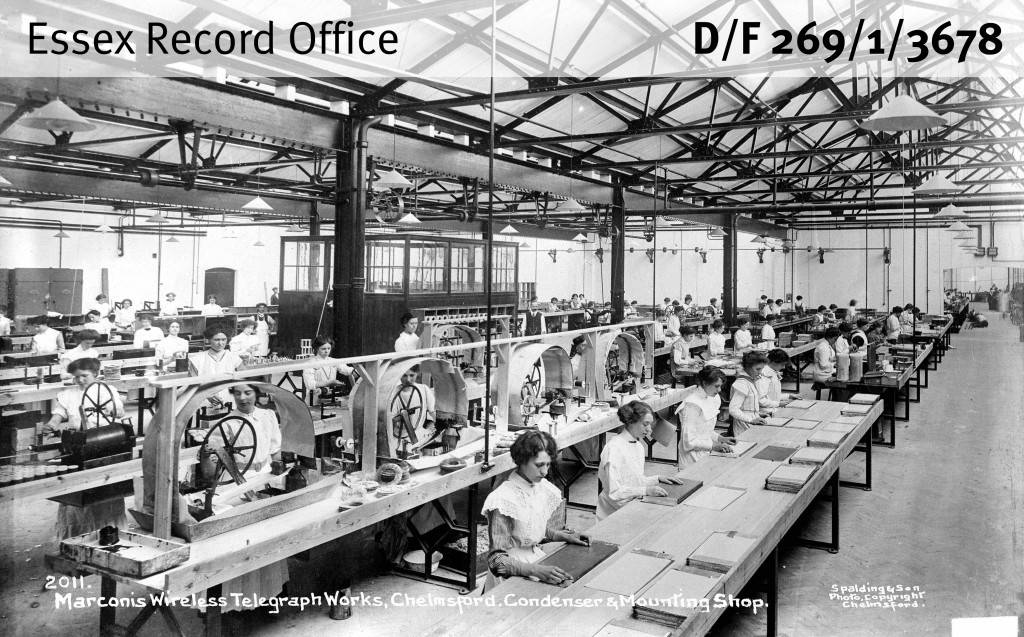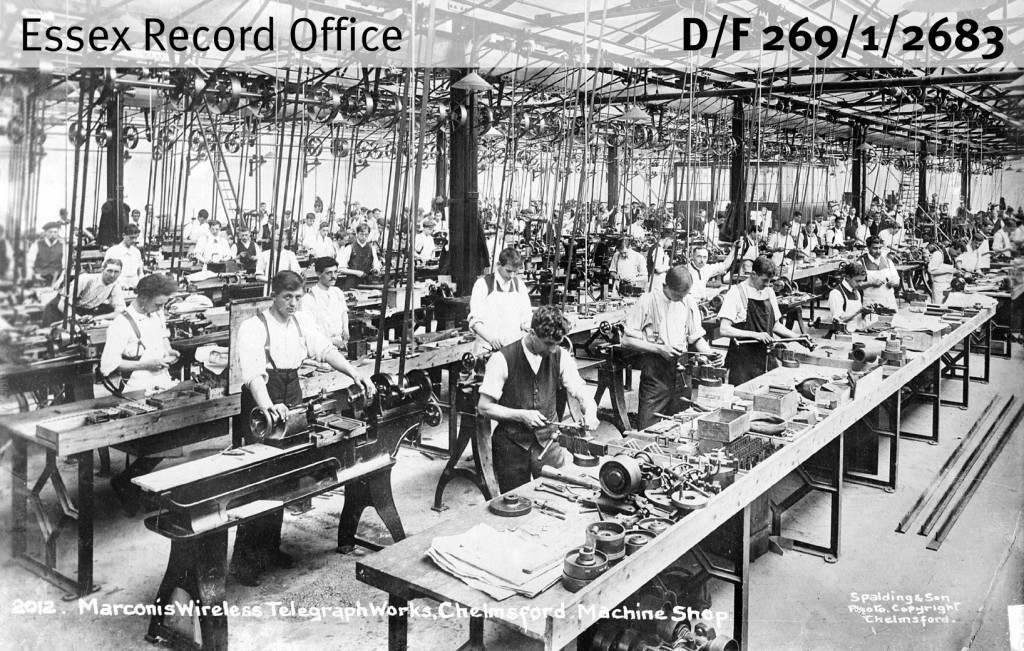On Wednesday 7 November, the ERO is hosting a University of Essex event focusing on the centenary of the opening of Marconi’s famous Chelmsford factory…
Do you have memories of working at or with Marconi? As part of the Festival of Social Science, the University of Essex is hosting an oral history event to commemorate Guglielmo Marconi, and the centenary of the opening of the world’s first purpose-built radio factory in New Street in Chelmsford.
Marconi, who is often credited with being the inventor of radio, first established his company in a former silk works in Hall Street in Chelmsford in 1898. But this soon became too small for his expanding operation, and in February 1912 work began on the 70,000 square foot factory in New Street. The works were opened in June that year.
Eight years later the factory played host to the first experimental wireless broadcast, which featured Dame Nellie Melba singing two arias. The signal was received throughout Europe and as far away as Newfoundland, Canada.

Marconi’s New Street factory
This free event is open to all, for people wanting to find out more about Marconi the man and the technological advances he made, as well as those who worked for Marconi, or who had relatives who worked there, to come along to share and record their memories.
Chaired by Martin Astell, Sound Archivist at the Essex Record Office, the event will feature a film and short talks by Peter Turrall, Chairman of the Marconi Veterans’ Association, who will talk about Marconi the man and how he came to be in Chelmsford, and Dr Geoff Bowles, curator of the Sandford Mill Museum, who will talk about the collection of Marconi artefacts which are held there.
Members of the audience will also be asked to share memories of Marconi’s history in Chelmsford.
Afterwards there will be free tea and cakes and a small exhibition relating to Marconi. A film crew will be on hand and those who wish to do so will be asked to take part in interviews which will then be placed on a website to form a lasting record of the event.
Entry is free and no booking is required: if you have any queries please email events@essex.ac.uk or phone 01206 872400
Wednesday 7 November 2.30-4.30pm
Essex Record Office, Wharf Road, Chelmsford, Essex CM2 6YT


